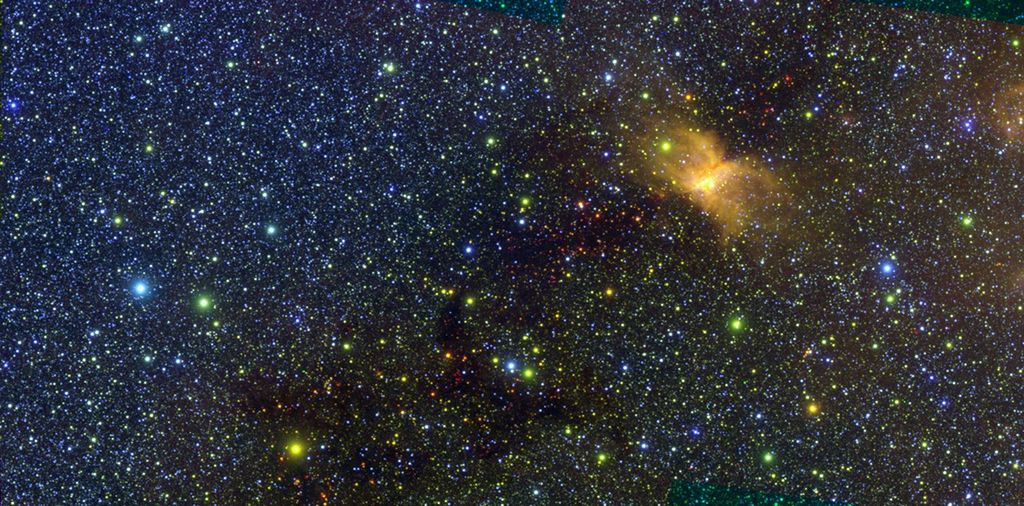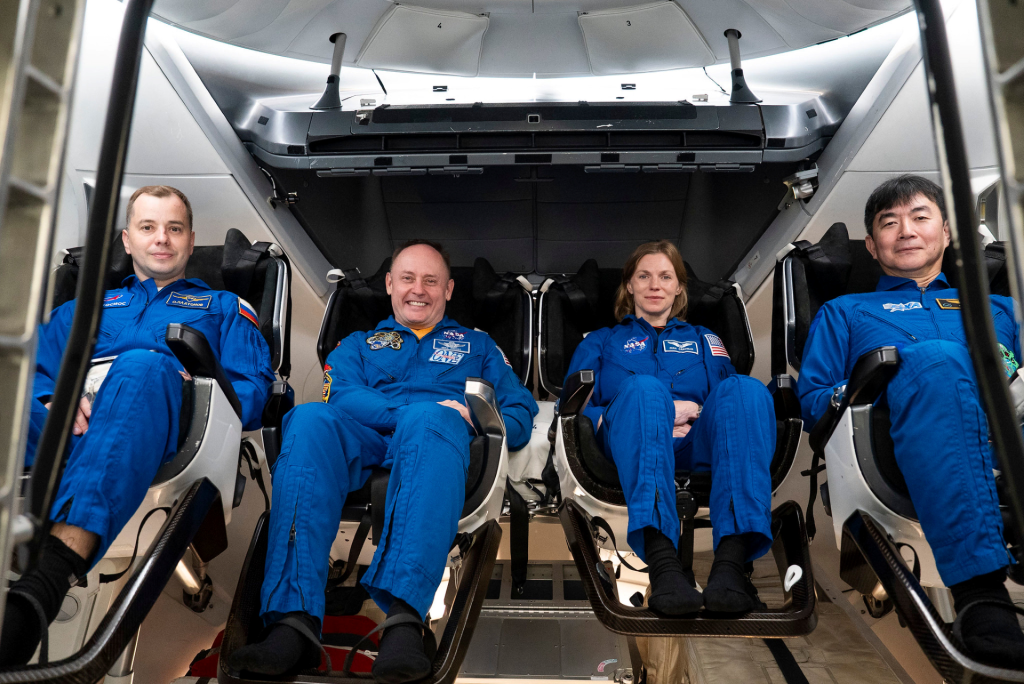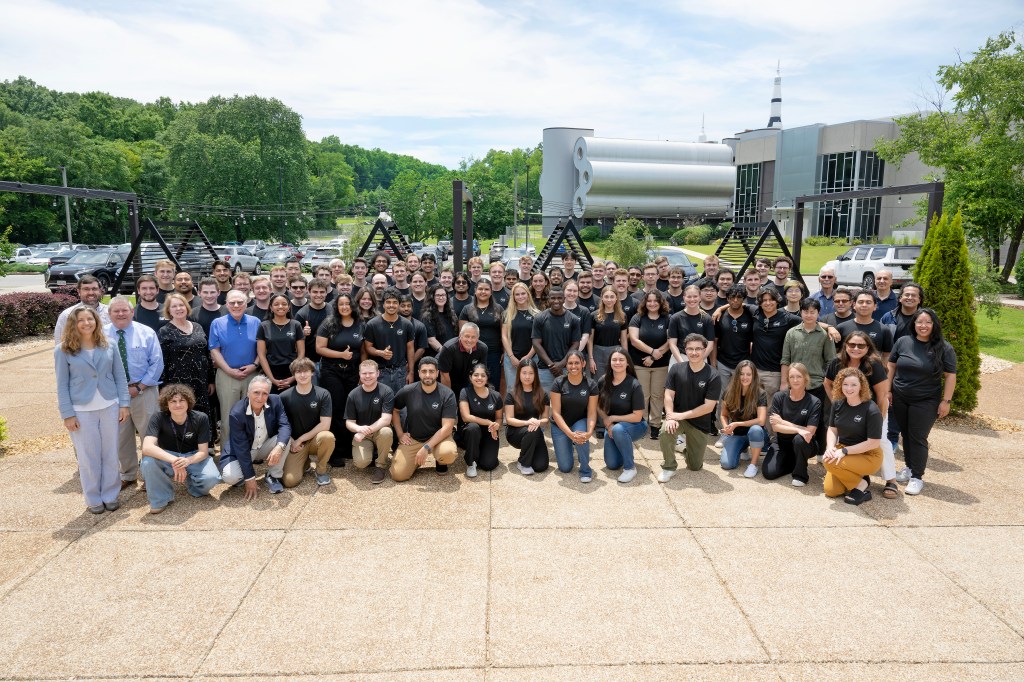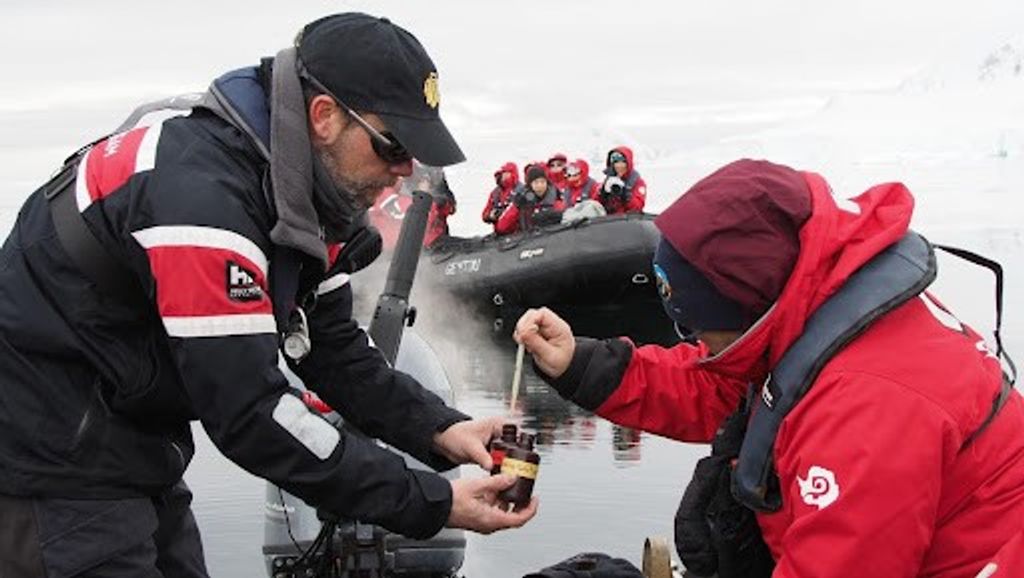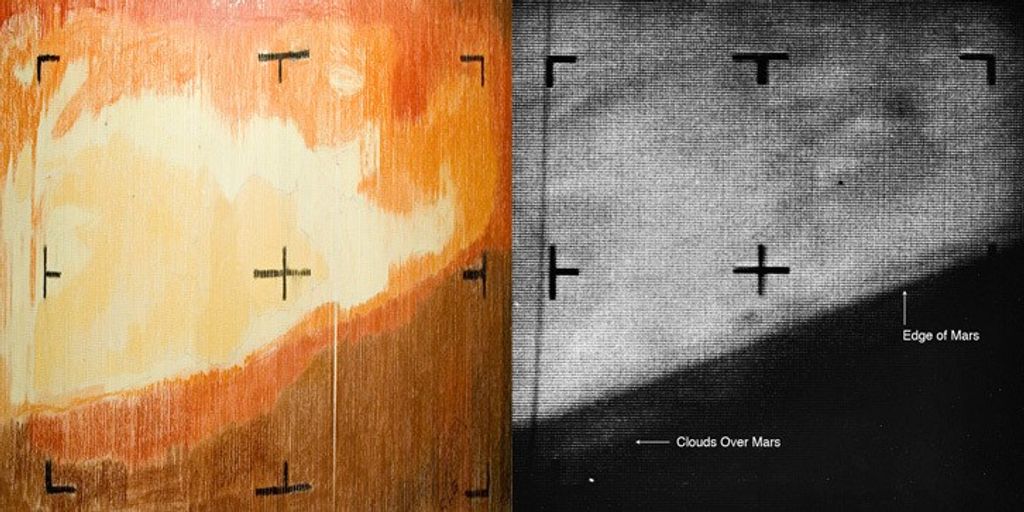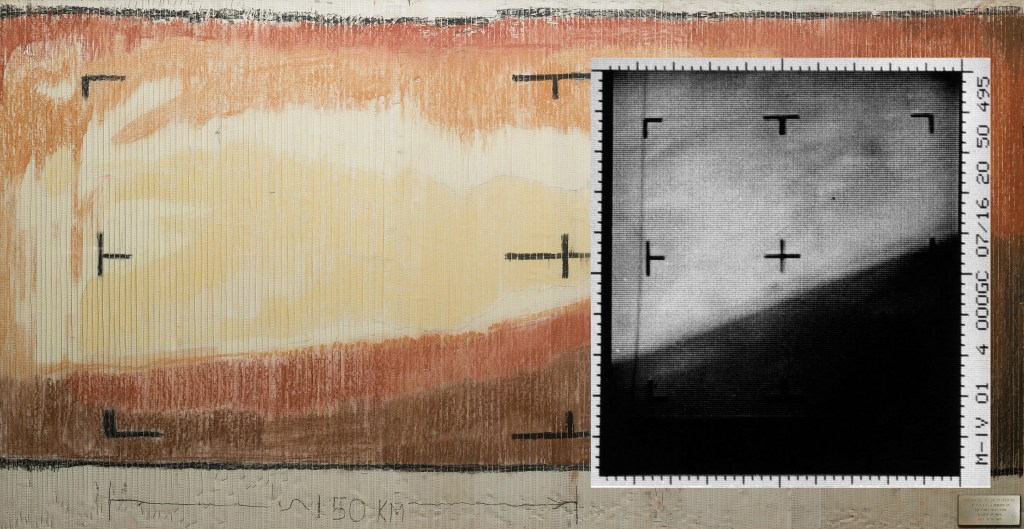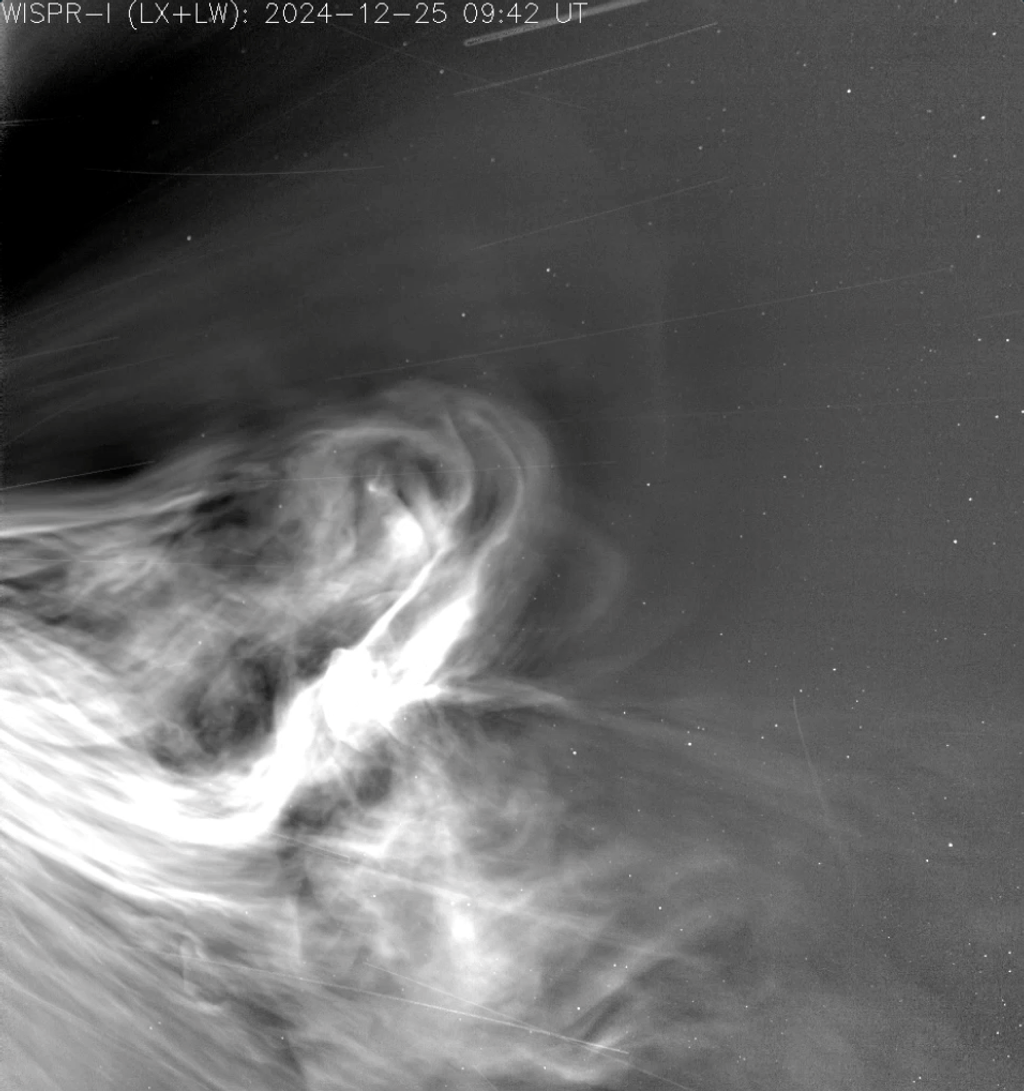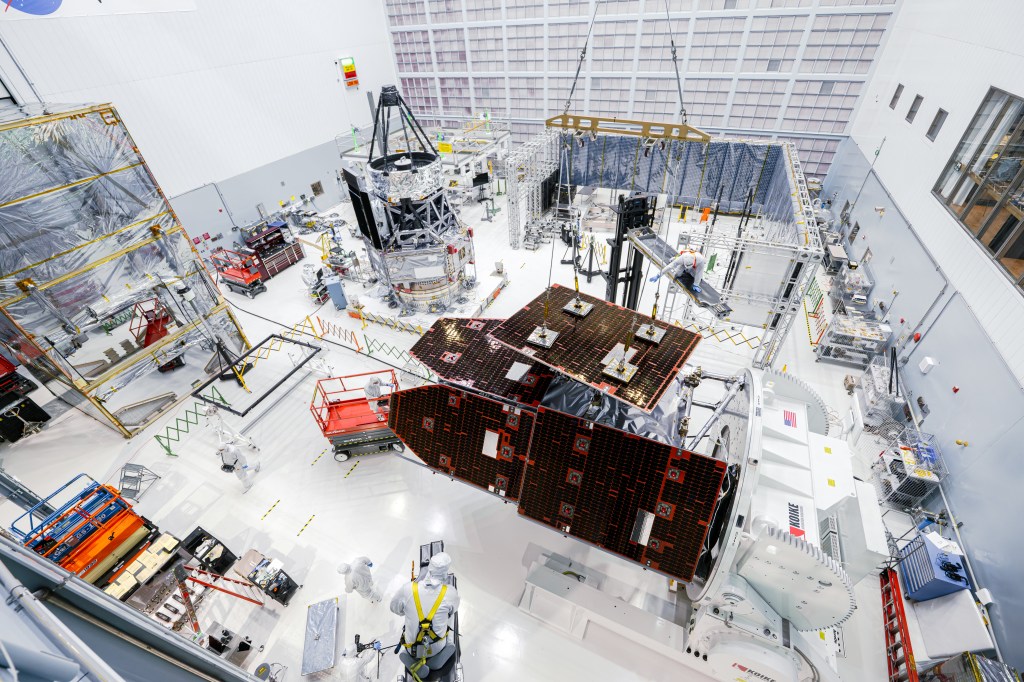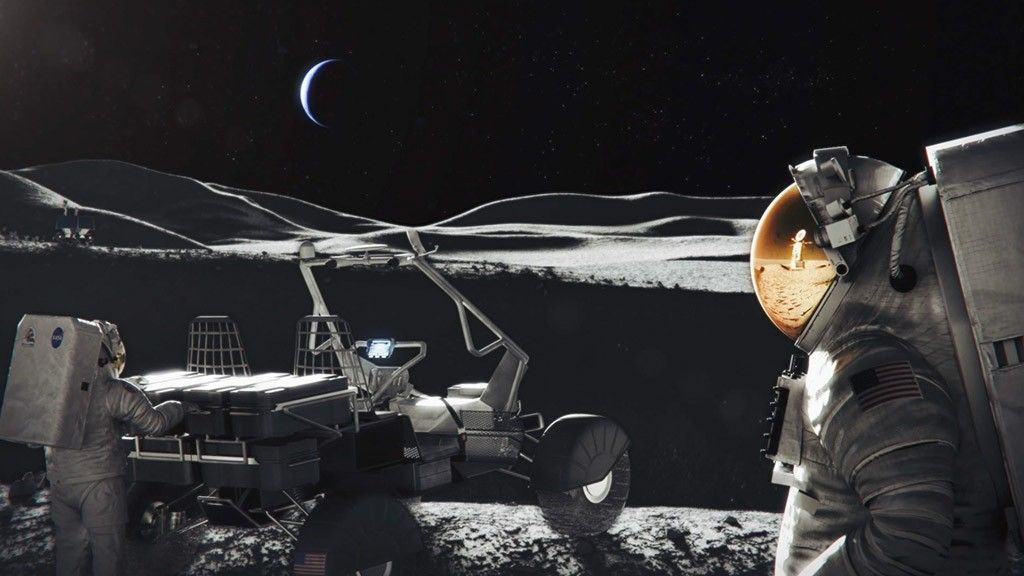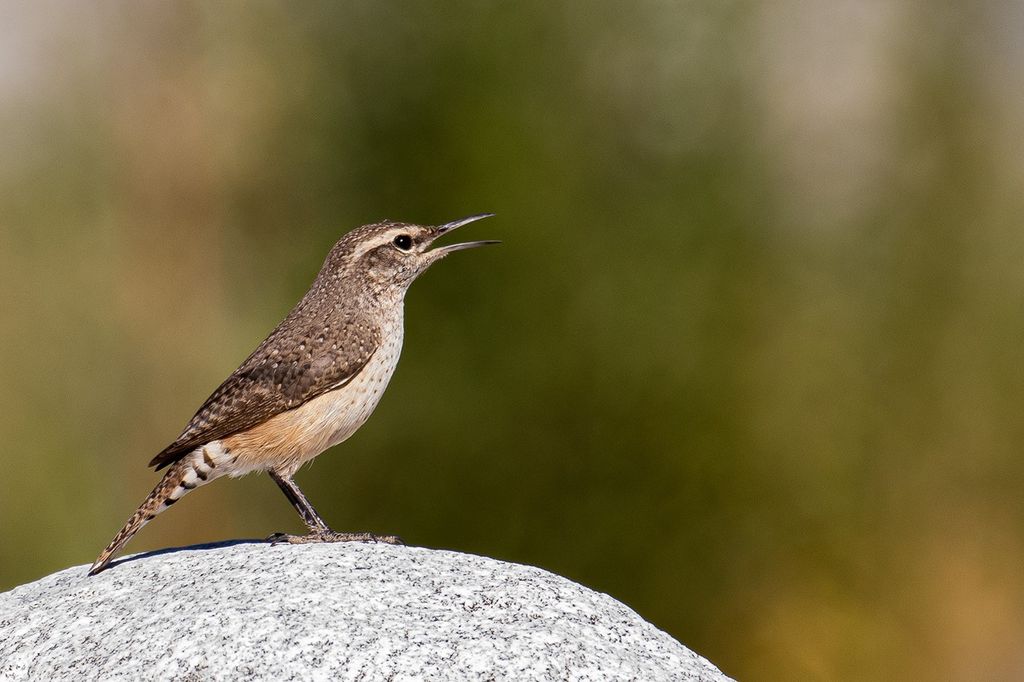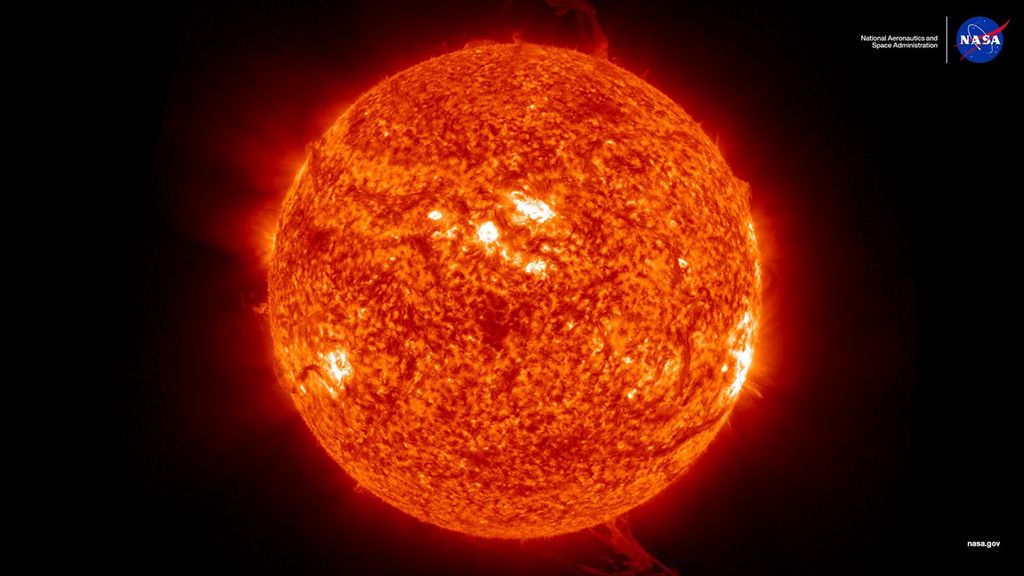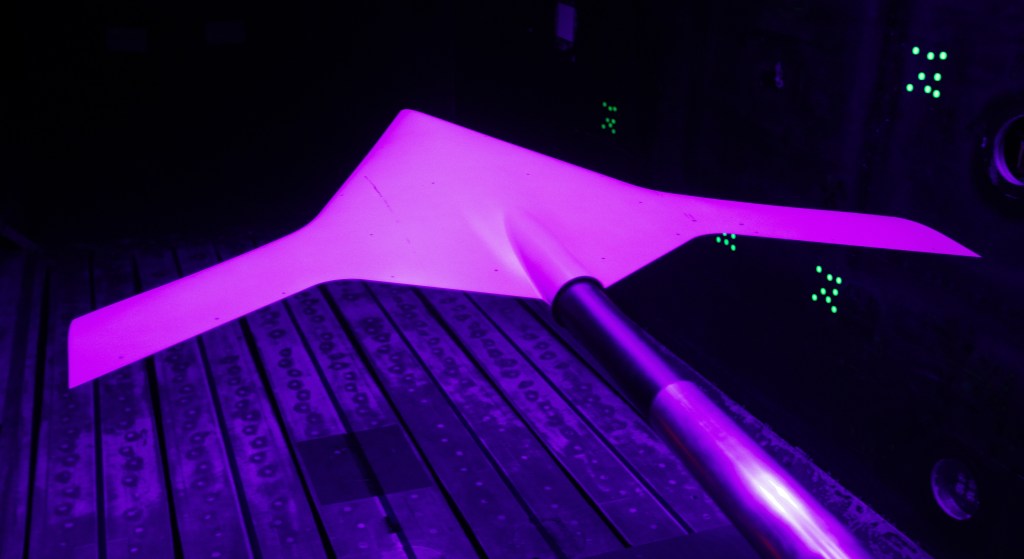Commercial supersonic air transportation, such as the Concorde, was shown to dramatically reduce flight times. But commercial supersonic flights over land in the U.S. and Europe were prohibited due to the resulting sonic boom. NASA’s New Aviation Horizons initiative will tackle the supersonic flight challenge with a ten-year plan to accelerate aviation technology through the research of experimental aircraft, or “X-Planes.” One such aircraft is an efficient supersonic X-Plane capable of reducing the acoustic signature associated with sonic booms when traveling faster than the speed of sound, reducing the sonic boom to a sonic “thump,” softening the associated noise through advanced aerodynamic techniques, and enabling aircraft to travel faster than the speed of sound over land without disturbing communities below.
Over two months, starting June 2017, NASA Ames Research Center’s System Analysis Office and Aviation Systems Division, along with Lockheed-Martin collaborated to rapidly develop a proof-of-concept supersonic X-Plane demonstrator simulation. Aircraft math models developed by both Lockheed-Martin and the Aviation Systems Division were integrated with the Vertical Motion Simulator (VMS) and demonstrated the flexibility and rapid development capabilities of Simlabs’ simulation system architecture. In addition, Simlabs designed, developed, and integrated an alternate flight control system (FCS) to compare to Lockheed-Martin’s FCS. One of the unique features of the supersonic X-plane design is the long nose and low-profile canopy that impedes the pilot’s line of sight. In order for the pilot to see the runway during landing, a synthetic vision system was simulated that provided an augmented camera view. To assess the impact of the synthetic vision system and FCS on pilot workload and performance, takeoff and landing tasks were developed for handling qualities evaluations. The simulation was presented to NASA’s Associate Administrator for Aeronautics, Dr. Jaiwon Shin, on August 28, 2017.




